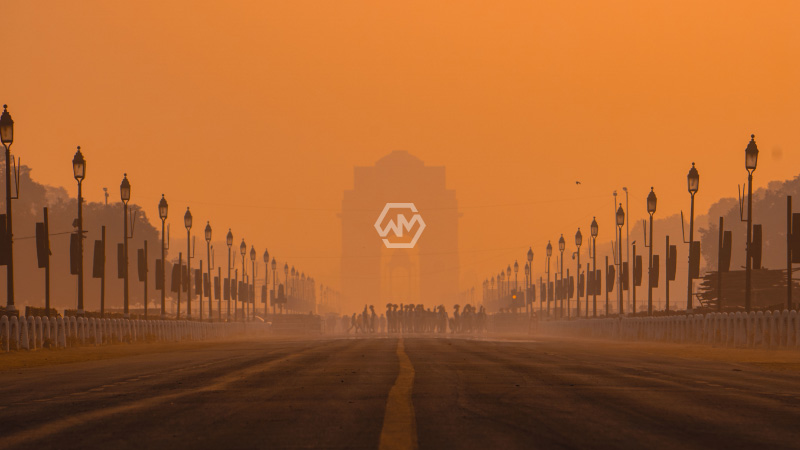Air contamination in Delhi is at its most elevated since January, for a certain region in the Public Capital District detailing “serious” class air quality.
As per the furthest down-the-line figure, it’s set to decline and stay in the “extremely poor” class throughout the following three days, which can set off well-being warnings.
The Air Quality List at Anand Vihar in Delhi was 455 at 4 pm, making it quite possibly the most dirtied region here. At 5 pm, Delhi had an in-general AQI of 357, Ghaziabad 384, Noida 371, and More noteworthy Noida 364, and Faridabad 346.
Delhi was Severely Air Polluted
Not only Delhi, from Punjab to Uttar Pradesh and Bihar, but air quality in 34 Indian urban areas are also in the ‘exceptionally poor’ class.
An AQI somewhere in the range of nothing and 50 is considered ‘great’, 51 and 100 ‘palatable’, 101 and 200 ‘moderate’, 201 and 300 ‘poor’, 301 and 400 ‘extremely poor’, and 401 and 500 ‘serious’.
Specialists say the crumbling-like air is a result of the breeze bearing and wind speed, which is causing the collection of toxins combined with an expansion in occurrences of ranch fires.
- New Delhi was severely affected by air pollution after Diwali.
- Though the Diwali pollution in Delhi was very low for 7 years the air quality was very poor.
- A tweet from Rishi Bagree shows this clearly with the statistics.
Contamination around Diwali was the most minimal in 7 years, as the weather patterns were a unique advantage. The air quality in the public capital began weakening from October 24 with the AQI slipping to the ‘extremely poor’ classification from ‘poor’.
Contamination levels crawled up the evening of October 23 amid a decrease in temperature and wind speed, and because of individuals lighting fireworks and an ascent in the number of ranch fires.
Contaminations will keep on rolling in from Punjab and Haryana, and the breeze will be very quiet, consequently, the poisons will stay suspended for longer.



